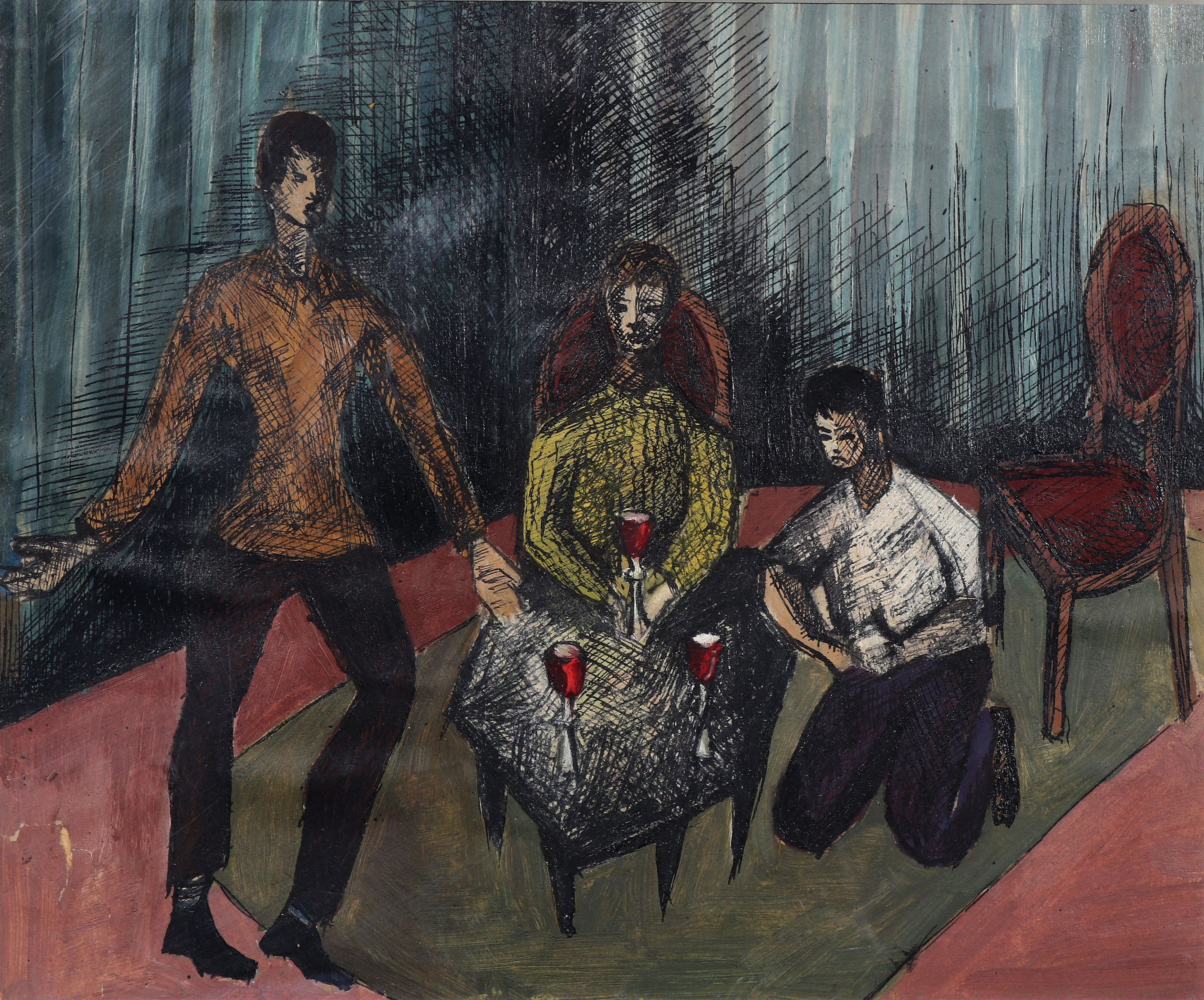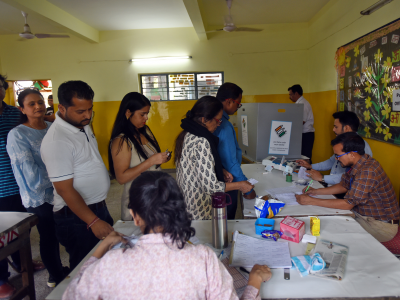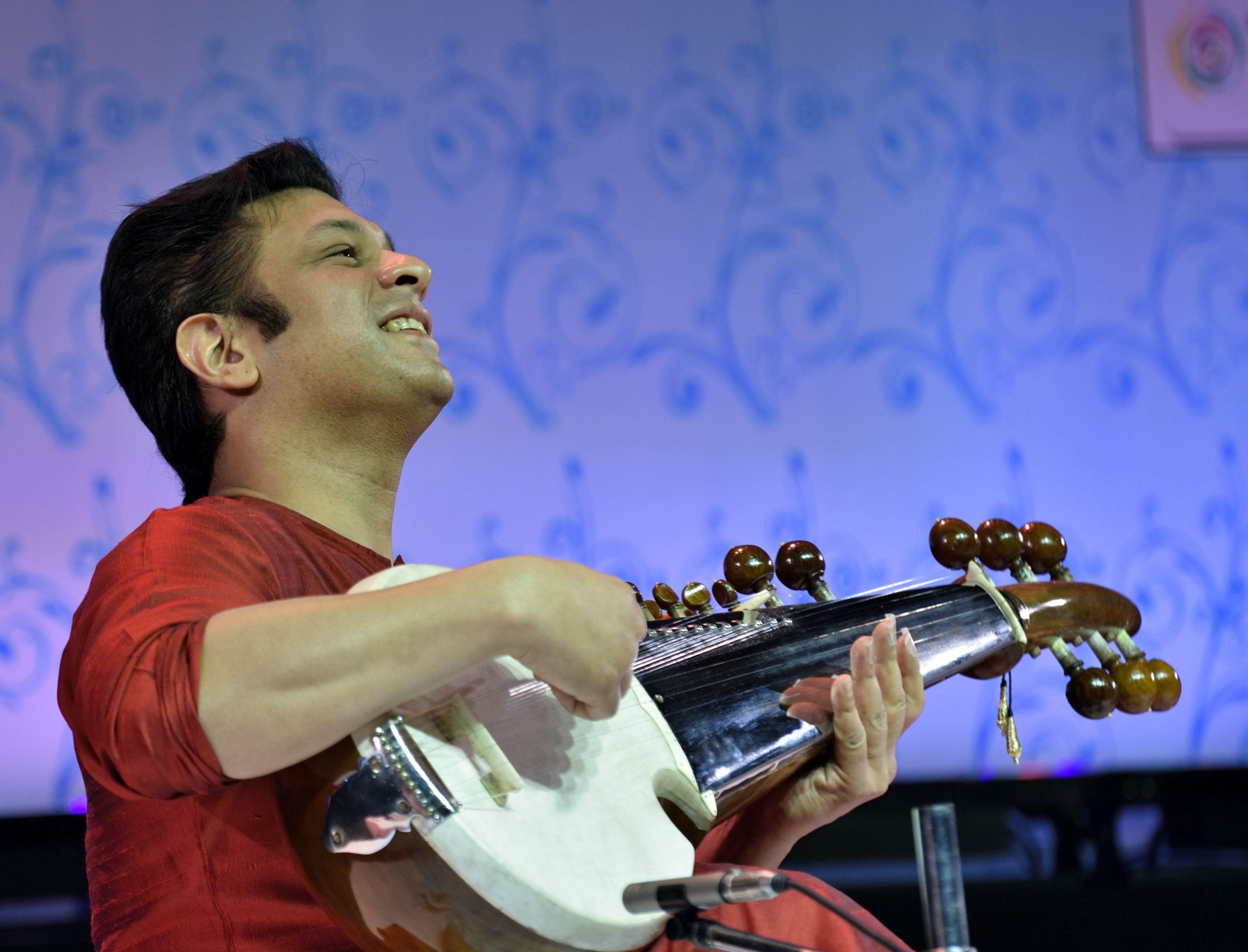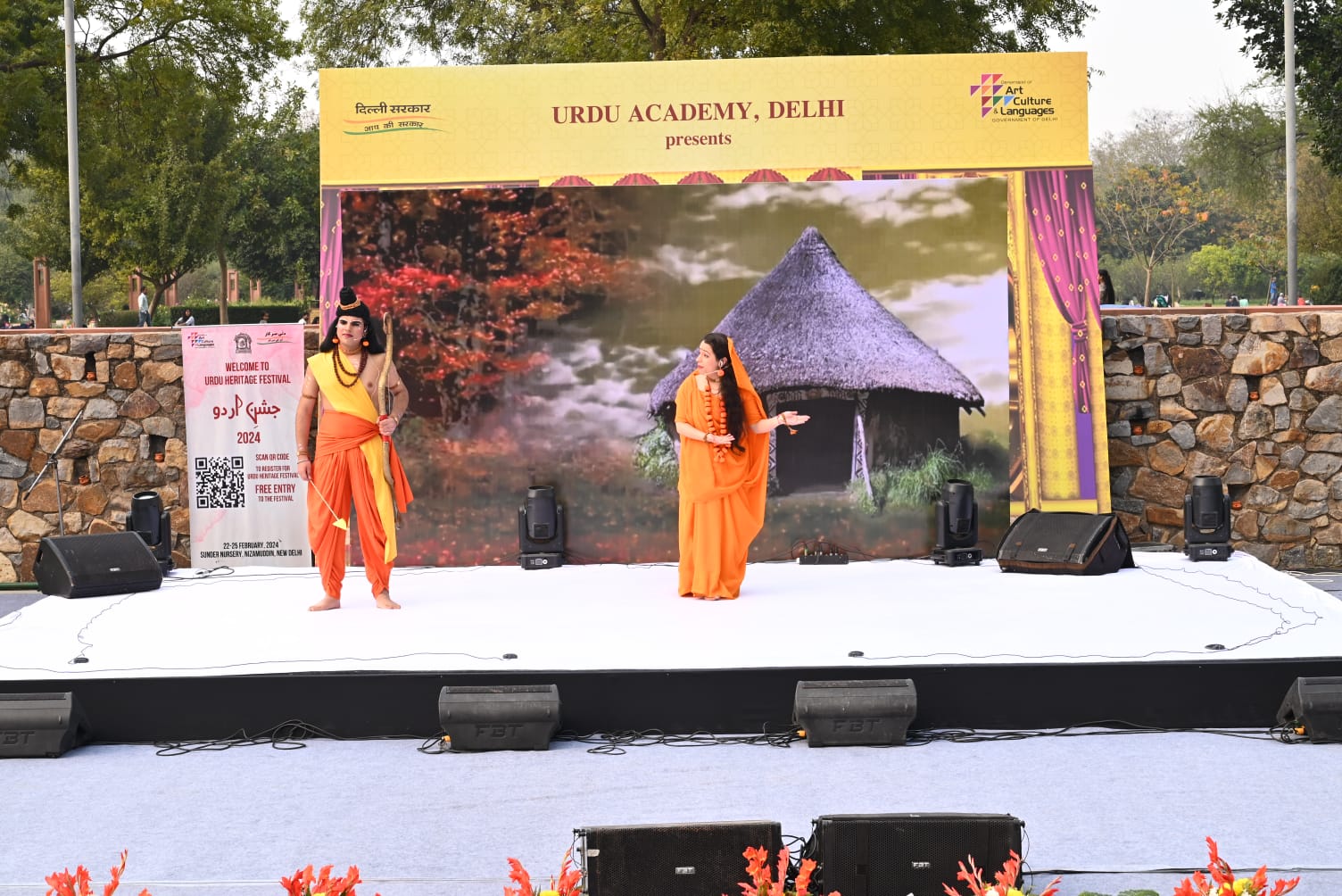This is not a group exhibition of random artists. India’s post-independence masters shared a close relationship which undoubtedly encouraged them in their creative pursuits
When Ashok Vajpei went to Sayed Haider Raza in France to get the paper works done for setting up The Raza Foundation, the latter refused.
“Raza felt it was unethical to name it after himself. I tried persuading him and after three evenings of quarrel, argument and some liquor he felt exhausted and finally gave in,” recalls Vajpei with a laugh.
A close friend of Raza for over 40 years, Vajpei is now the Managing Trustee of the Raza Foundation.
Giving us a glimpse of this close friendship that Raza shared with his fellow prominent artists, a group show titled ‘Sang Saath’ is on display in the Capital. As the name suggests, the exhibition endeavours to celebrate the creative camaraderie shared by the artists.
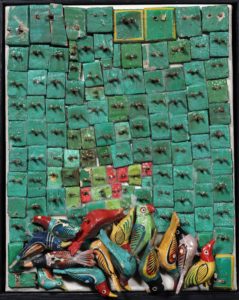
Organised by Raza Foundation in collaboration with Vadehra Art Gallery, the exhibition features the works of widely acknowledged masters of modern Indian art namely Raza, MF Husain, Ram Kumar, Krishen Khanna and Akbar Padamsee along with Raza’s late wife Janine Mongillat.
Marking the third death anniversary of Raza, Sang Saath has on display an early figurative of Raza along with several works that have never been publicly shown. The figurative works make a very interesting reading of his time.
“Rooted in tradition, their vision and practice acknowledged and celebrated plurality of vision, idioms, styles and most of them remained friends throughout their life and career. This togetherness was marked by dialogue, correspondence, criticism and enduring warmth and care for each other” reads the note of the show.
Vajpei informs that the group, though scattered all across the world, always helped and wrote to each other despite not sharing any unified vision of art or style. “They all had their own individual distinct styles and visions but they were also bound in an unusually deep and enriching companionship. From 1946 till 2016 — the year Raza died — they remained in touch, in dialogue.”
Throughout his artistic career, Raza always yearned for and highly valued the company and views of his artist friends. “Raza used to believe that his friends have made him into what he is. He was full of warmth and gratitude towards all of them. Not that they weren’t mutually competitive but they continued to look at each other for inspiration, help, support and exchange of ideas,” adds Vajpei.
Coming together for only one joint exhibition sometimes in the 40s, this group remained in touch with each other for the rest of their artistic career. “This is quite a unique phenomenon from what happened in the world of Indian art before and even after – where the artists have fallen apart and never comes together. Everybody believes that this is the norm among artists where everybody is separate — very individualist and egoistic,” explains Vajpei.
The exhibition puts together some of the works from the collection that Raza brought with himself, especially of his wife Mogillat, when he finally moved back to India in 2011.
Second in a series of exhibitions, the foundation is now looking forward to curating another show from Raza’s archives of letters, photos and catalogues.
The exhibition is on display at Triveni Kala Sangam till July 11

